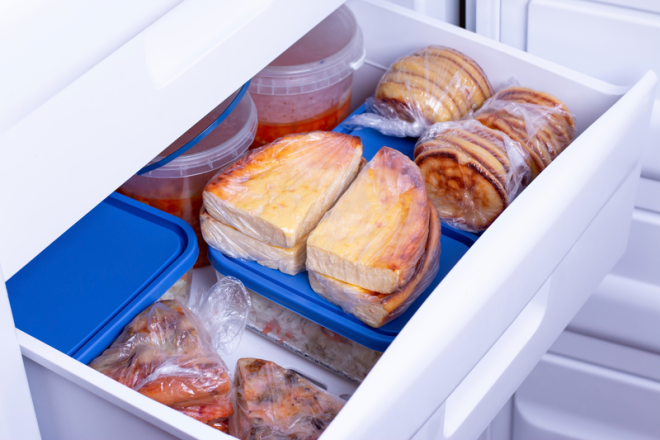
What You Need To Know About Frozen Food
Frozen food is a convenient and often cost-effective option, but there’s more to it than just tossing a meal in the freezer. Here’s what you should know about frozen food to make the best choices for both nutrition and safety:
1. Frozen Food Retains Nutrients Well
- Freezing is one of the best ways to preserve the nutritional value of food. While fresh produce begins to lose nutrients once harvested, freezing locks in vitamins and minerals. However, some nutrients, like vitamin C and certain B vitamins, may degrade slightly during freezing and thawing.
- Flash-freezing, commonly used for fruits, vegetables, and some meats, preserves more of the food’s nutrients than traditional freezing methods.
2. Not All Frozen Foods Are Equal
- Vegetables and Fruits: Most are flash-frozen shortly after harvest, which helps preserve their taste and nutritional value. However, some frozen fruits and veggies come with added sugar or sauces, so it’s important to read labels.
- Frozen Meals: These are often high in sodium, preservatives, and unhealthy fats. If you’re choosing frozen meals, opt for those with lower sodium content, fewer artificial ingredients, and more balanced nutrition.
- Meats and Fish: Freezing raw meat or fish can help preserve them for months, but be mindful of how they’re frozen. Whole cuts of meat are typically the best, while processed meats may contain additives.
3. Freezing Doesn’t Make Food Infinite
- Freezing doesn’t stop the aging process; it just slows it down. Most foods will last in the freezer for several months, but they can lose flavor, texture, and nutritional quality over time. Typically:
- Vegetables: 8–12 months
- Fruits: 6–12 months
- Meats: 3–12 months (depends on type)
- Frozen Meals: 3–6 months (check packaging)
- Always check for freezer burn, which occurs when food is exposed to air and moisture, leading to dry spots and a loss of flavor.
4. Proper Storage is Key
- Use airtight packaging like freezer bags or vacuum-sealed bags to keep air and moisture out, which prevents freezer burn.
- Label items with the date you froze them so you can keep track of their freshness.
5. Thawing and Cooking Frozen Foods
- It’s best to thaw frozen foods in the refrigerator or by using the defrost function on your microwave. Thawing at room temperature can cause bacteria to multiply quickly.
- Some foods, like frozen vegetables, can be cooked directly from frozen without thawing. For meats, ensure they are fully thawed before cooking for even cooking and better texture.
6. Frozen Foods Can Be More Sustainable
- Frozen food has a longer shelf life, meaning less food waste compared to fresh produce that may spoil before you can use it.
- It’s also often more affordable, which can be helpful for meal planning and reducing food waste.
7. Check for Additives and Preservatives
- Some frozen foods, especially meals and snacks, may contain unhealthy levels of sodium, sugar, or artificial preservatives. Reading labels is crucial if you’re looking to keep your diet clean and healthy.
8. Healthier Alternatives in the Frozen Aisle
- Look for frozen vegetables, fruits, and whole grains as healthier staples.
- Many stores now offer frozen options with no added sugar, salt, or preservatives, so make sure to check for those for healthier choices.
9. Frozen Doesn’t Mean “Instant”
- Although frozen foods can be quick and convenient, many require a bit of time to cook or reheat properly. Plan your meals accordingly so you don’t feel rushed during preparation.
10. Freezing Homemade Foods
- If you enjoy cooking, you can freeze homemade meals like soups, casseroles, and smoothies for future use. Just make sure they’re cooled completely before freezing, and store them in proper containers.
Some Tips for Freezing Food at Home:
- Blanching: For vegetables, blanching (briefly boiling and then cooling in ice water) before freezing helps preserve their color, texture, and nutrients.
- Avoid Overcrowding: When freezing large batches, spread out the food on a baking sheet first to freeze it individually before storing it in bags or containers. This helps prevent clumping.
Frozen food can be a huge time-saver, but like anything, it’s important to be mindful of what you’re buying, how it’s stored, and how it fits into your overall diet. Do you use a lot of frozen foods, or are you considering incorporating them more into your routine?
